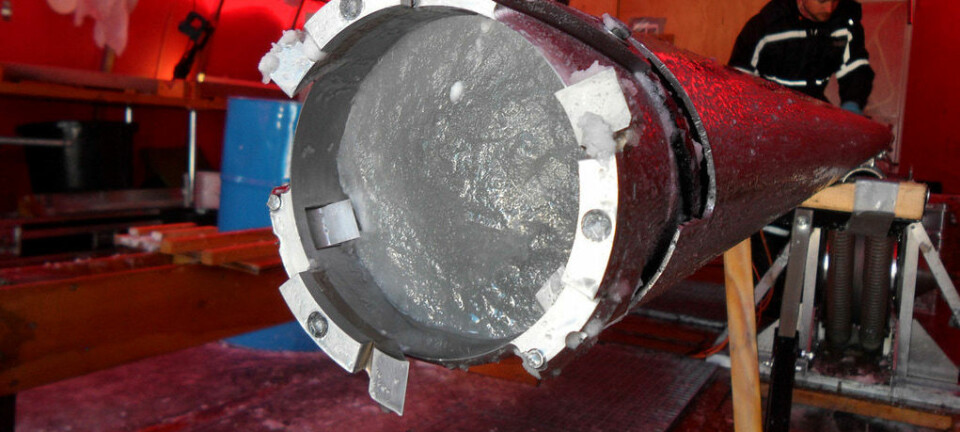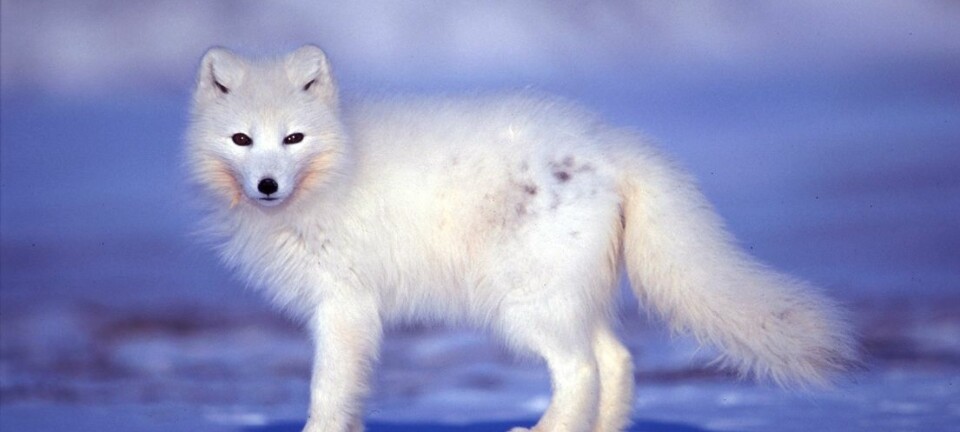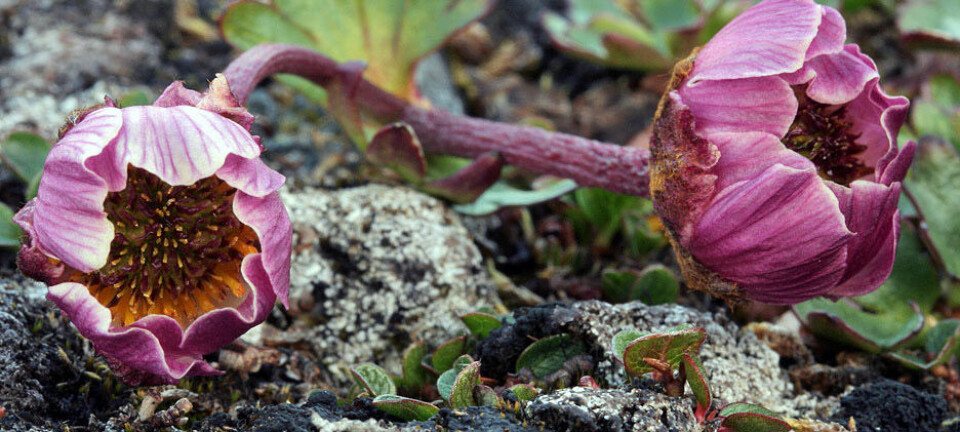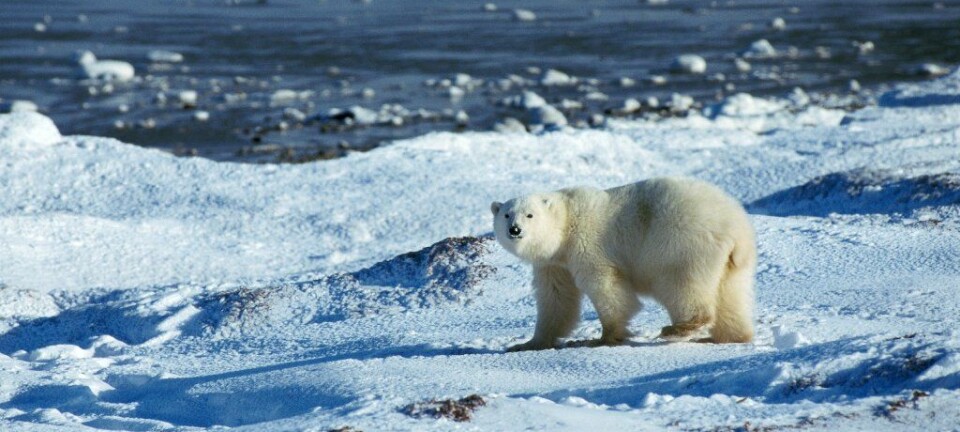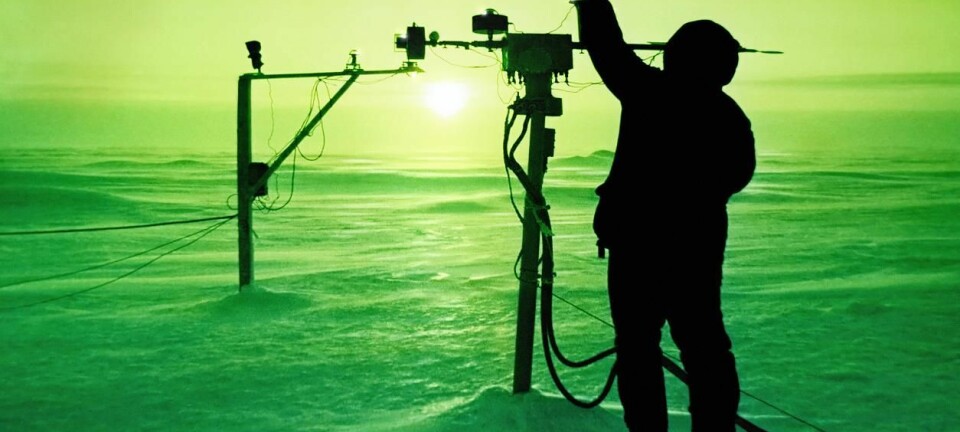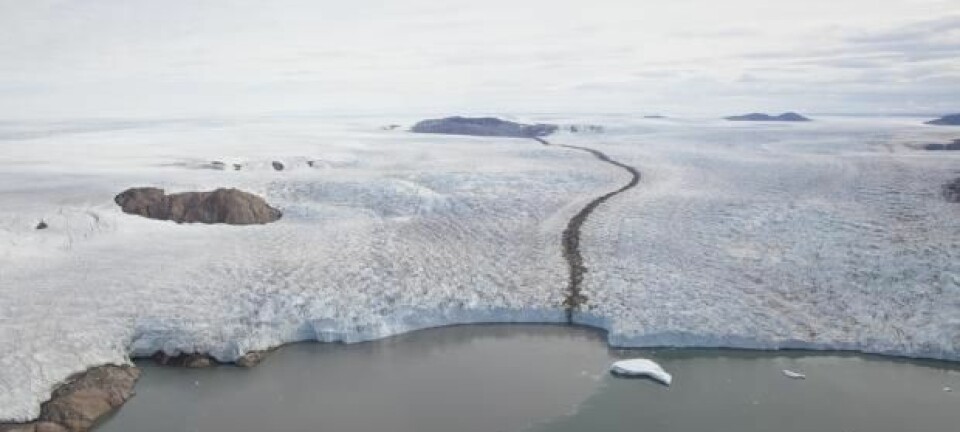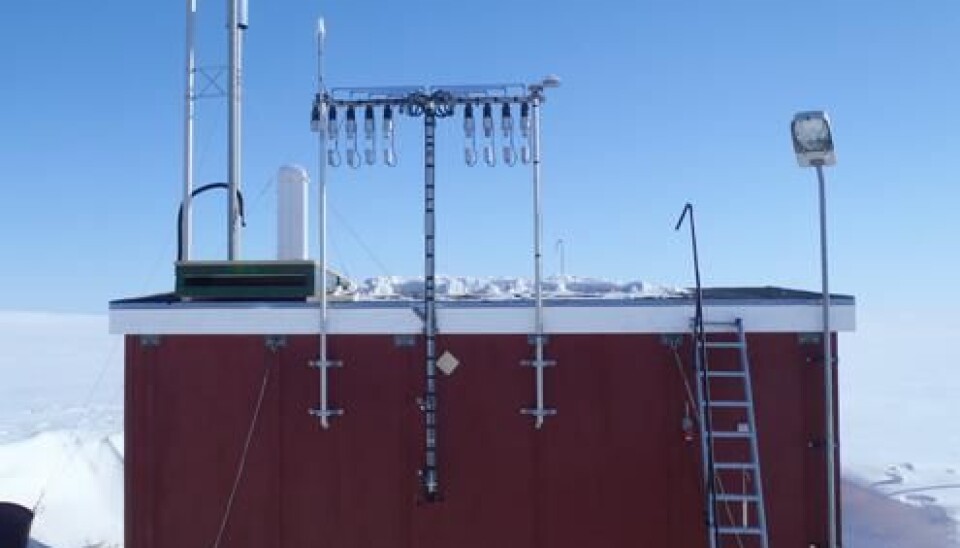
New hi-tech climate research station in Greenland
A new, state-of-the art research station is currently being built in the far north of Greenland. Here researchers will study how climate change affects the high-Arctic air, sea and wildlife.
Climate change is one of the major challenges facing the international community in the coming century. The warmer climate has already had a significant impact on the distribution of the sea ice, and has led to the advancement of spring in the Arctic.
Researchers now have an unprecedented opportunity to study these climate changes at first hand, thanks to a €9.5 million grant from the Villum Foundation as part of its research infrastructure programme.
The grant will be used to set up modern research facilities at Station North in the far north of Greenland. For a number of years, Aarhus University has been following the development of air pollution here from a modest little shed. It’s this building that will now be significantly upgraded.
”Average temperatures in the Arctic region are rising twice as fast as they are elsewhere in the world. So it is extremely important that we examine what the new Arctic will be like and how it will affect the rest of the world,” says project leader Henrik Skov, a senior researcher at Aarhus University’s Arctic Research Centre.
The new facilities will provide a varied field of researchers, including marine scientists, physicists, chemists, biologists and geologists with greatly increased opportunities for carefully examining the Arctic.
”We will now get the opportunity to do that with our new research station. It opens up for hi-tech measurements and research, which used to be impossible to carry out in the high Arctic.
From air measurement shed to modern research station
The new research station will be located at Station North, a military base which is the northernmost permanently manned location in Greenland.
The shed that the researchers have been using has only been equipped for research into air pollution. However, an interdisciplinary scientific approach is required to understand the complexities and consequences of climate change.
“The new research station will house researchers from virtually all scientific fields – except perhaps mathematics,” he says.
“The new facilities will provide a varied field of researchers, including marine scientists, physicists, chemists, biologists and geologists with greatly increased opportunities for carefully examining the Arctic.”
Unique partnership with the Danish army
Since the high Arctic region is extremely difficult to access, doing science up there can be a great challenge. The fact that it has even been possible up to now is mainly due to a long and fruitful collaboration with the Danish army.
”We have a great working relationship with the army. This is the reason that we even dared to embark on this project. I believe it’s a uniquely Danish thing – I certainly can’t think of any other countries where researchers work as closely with the military as we do,” says Skov.
Researchers visiting the new research facilities will for instance be enjoying their lunches at the military base canteen.
Three substations
The research infrastructure will be established in 2013 and 2014 at Station North in North Greenland. It will consist of three substations with ultra-modern laboratory facilities and equipment.
- A basic station, consisting of a number of buildings with accommodation facilities and laboratories that make it possible to study the transport of pollution to the Arctic, permafrost, ice, climate and biological processes close to Station North.
- A mobile station, consisting of snowmobiles, tracked vehicles (one or more), sleds, tents, etc., so the researchers can get around and study chemical, physical, geological and biological processes in the areas at a distance from Station North.
- An air station, consisting of unmanned drones that make it possible to study the composition of the air and observe the Earth from the air.
Sharing findings with the rest of the world
The research infrastructure will be open to Danish and international researchers, partly via the new Arctic Research Centre at Aarhus University.
Setting up the research infrastructure will thus constitute an international hub for interdisciplinary research into the impact of climate change on the Arctic regions, including a deeper understanding of the effects on the sea ice, glaciers, ecosystems and atmosphere.
Such studies are necessary to respond to the important scientific questions related to the accelerating Arctic warming. The Greenland Self-Government’s Department of Education and Research has therefore expressed its support for the project, as it will be one of the main users of the knowledge acquired.
The researchers will literally be working on top of the world when the new research facilities are completed in 2015.
-------------------------------
Read the Danish version of this article at videnskab.dk
Translated by: Dann Vinther
